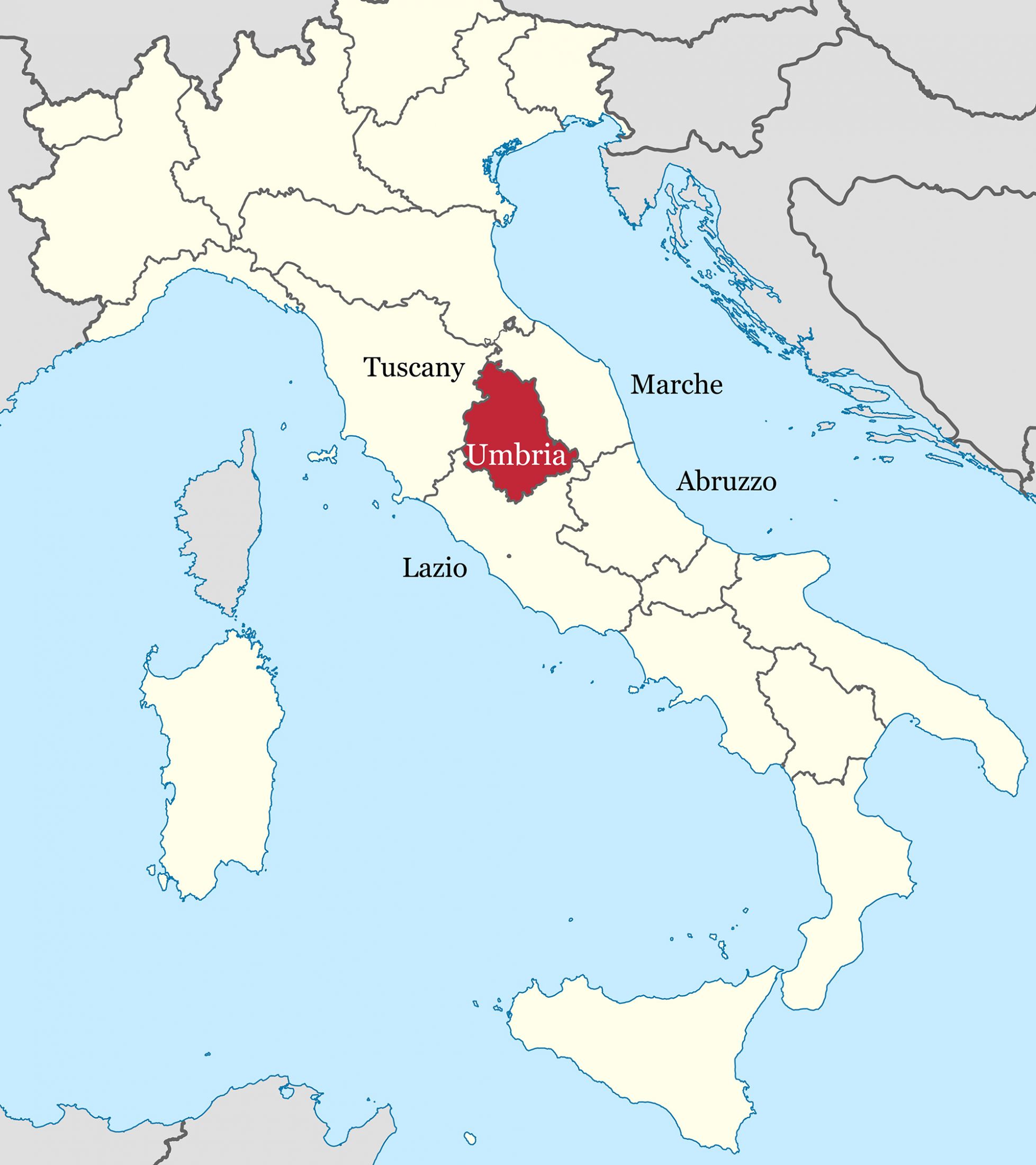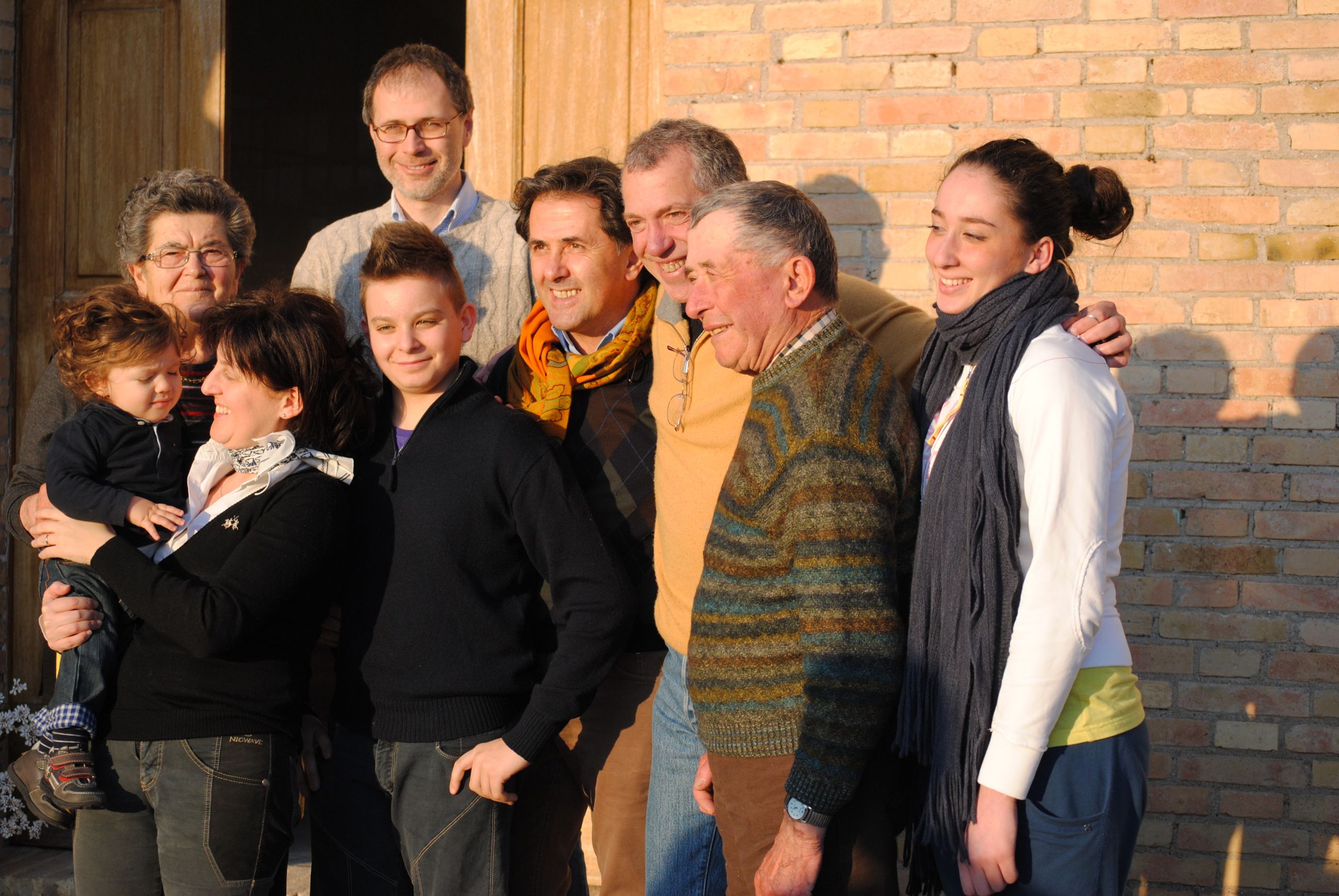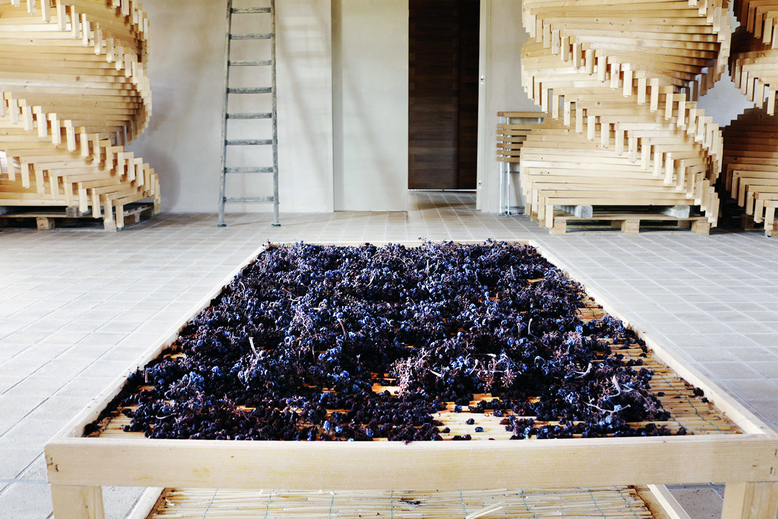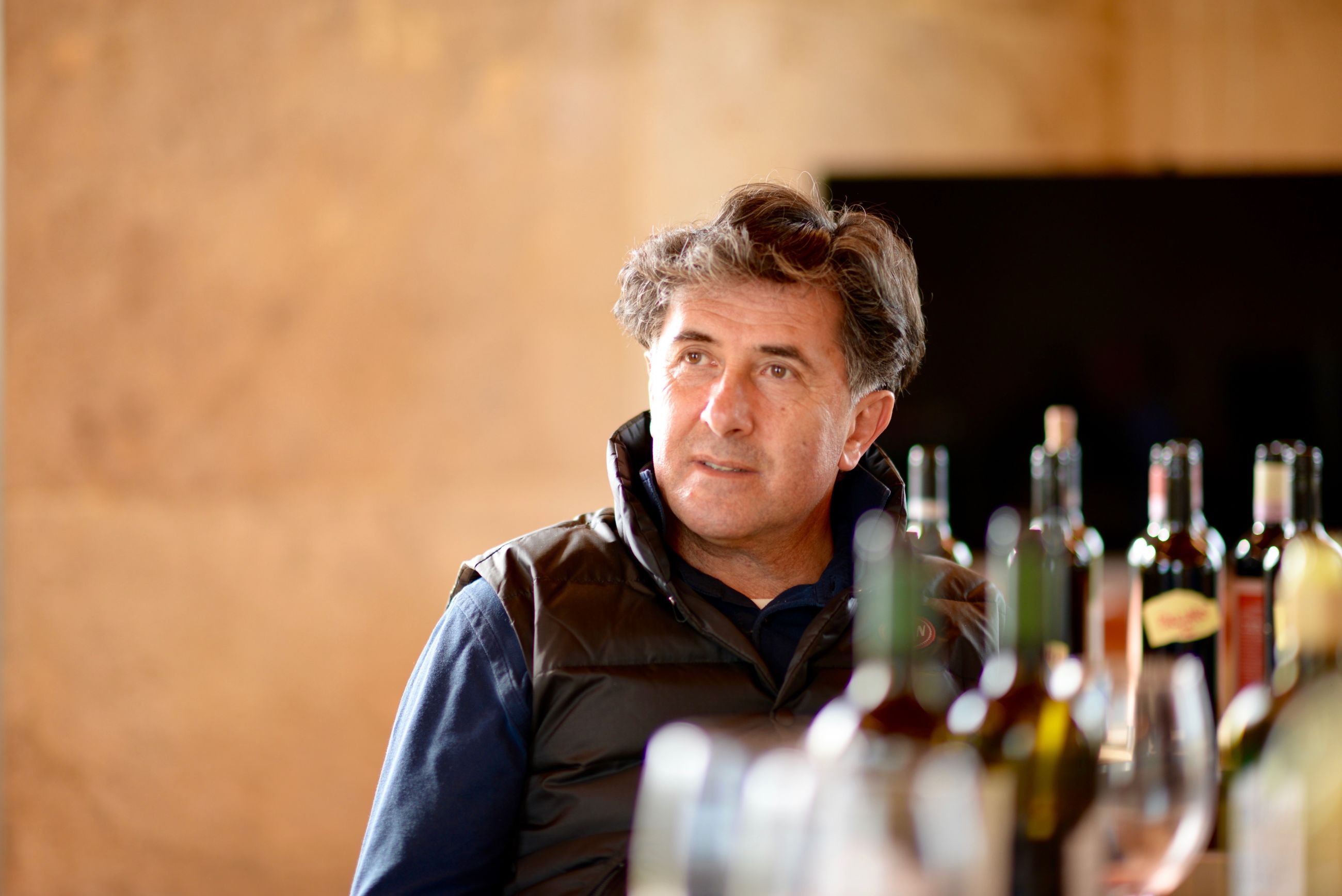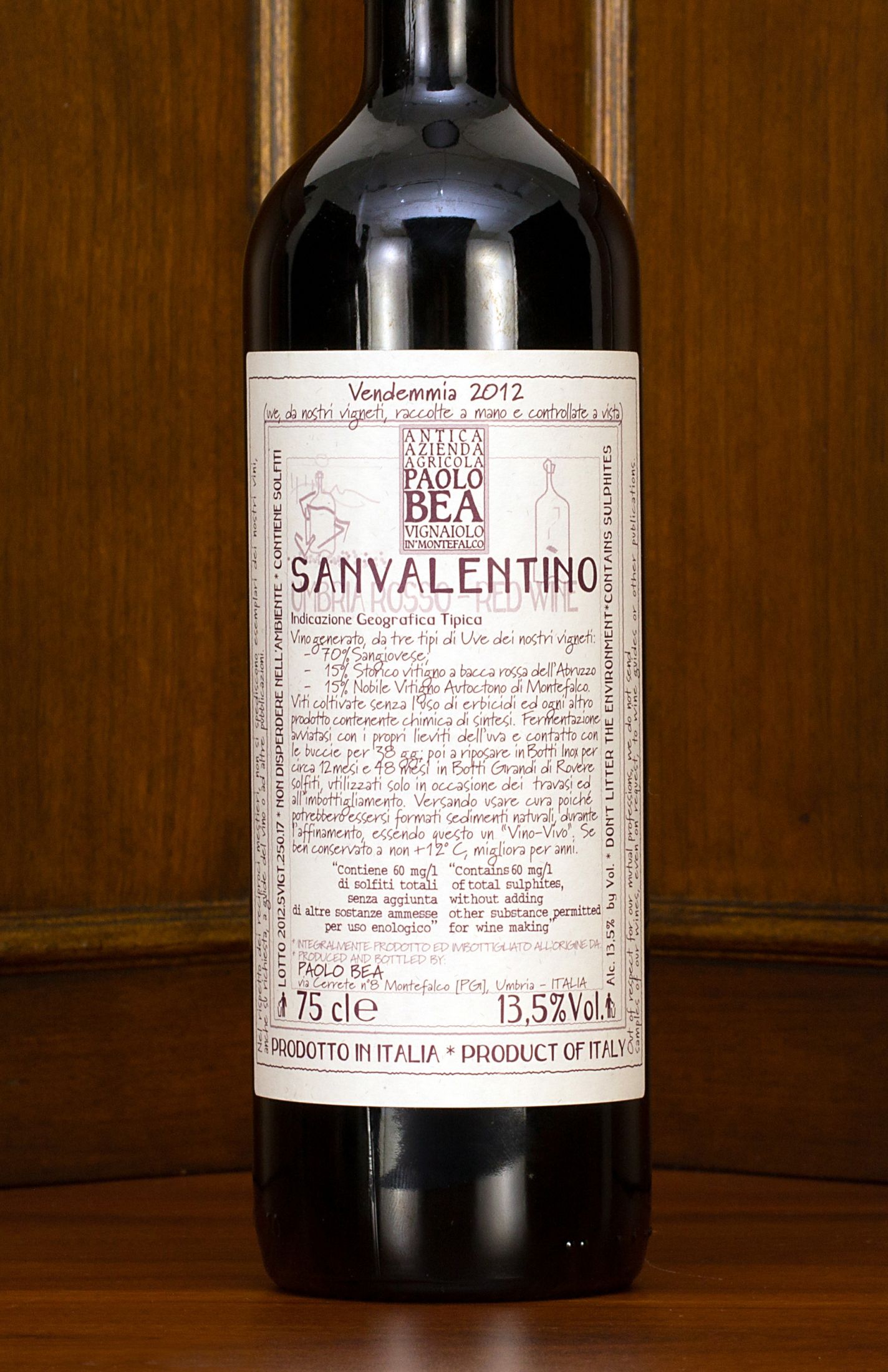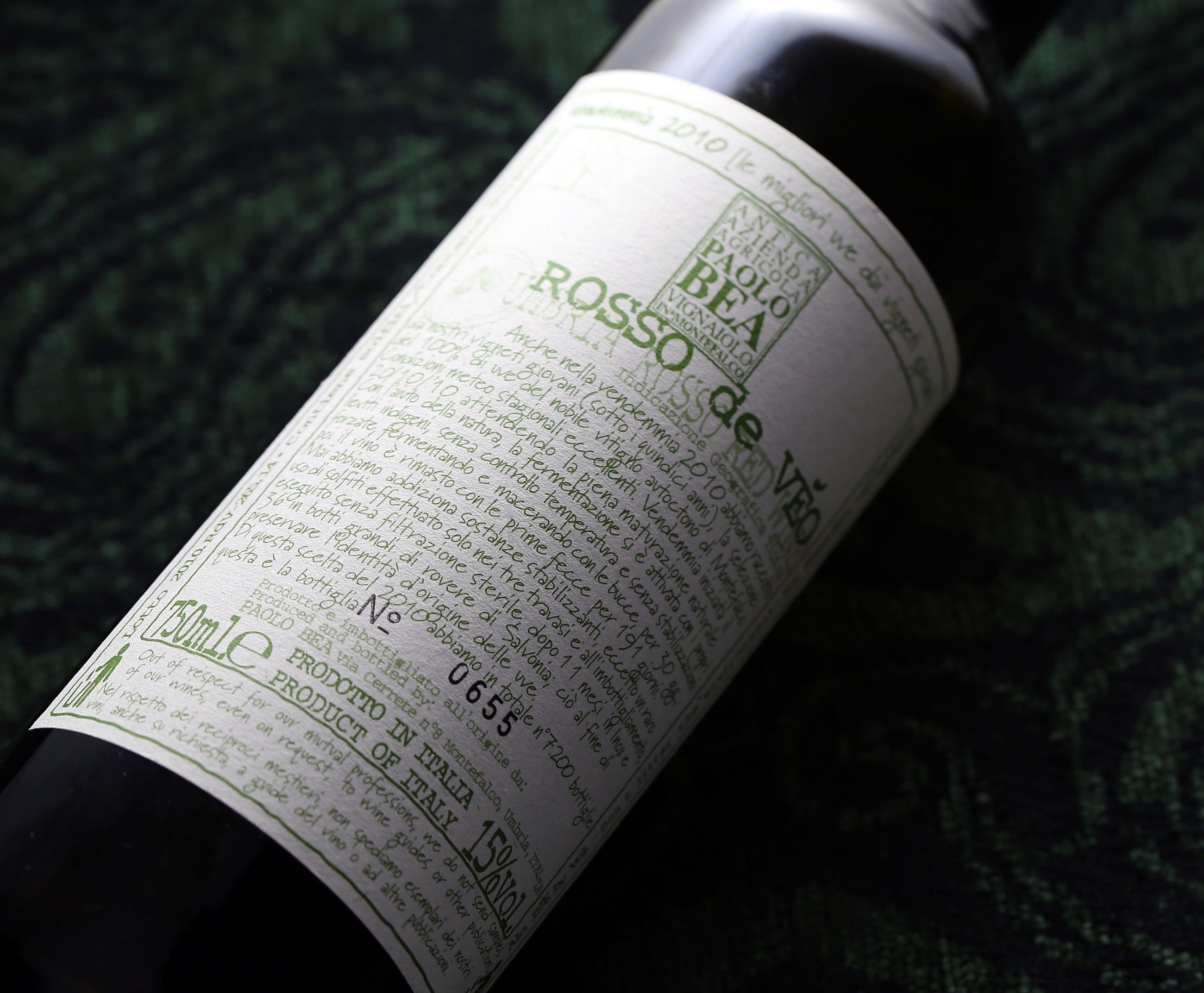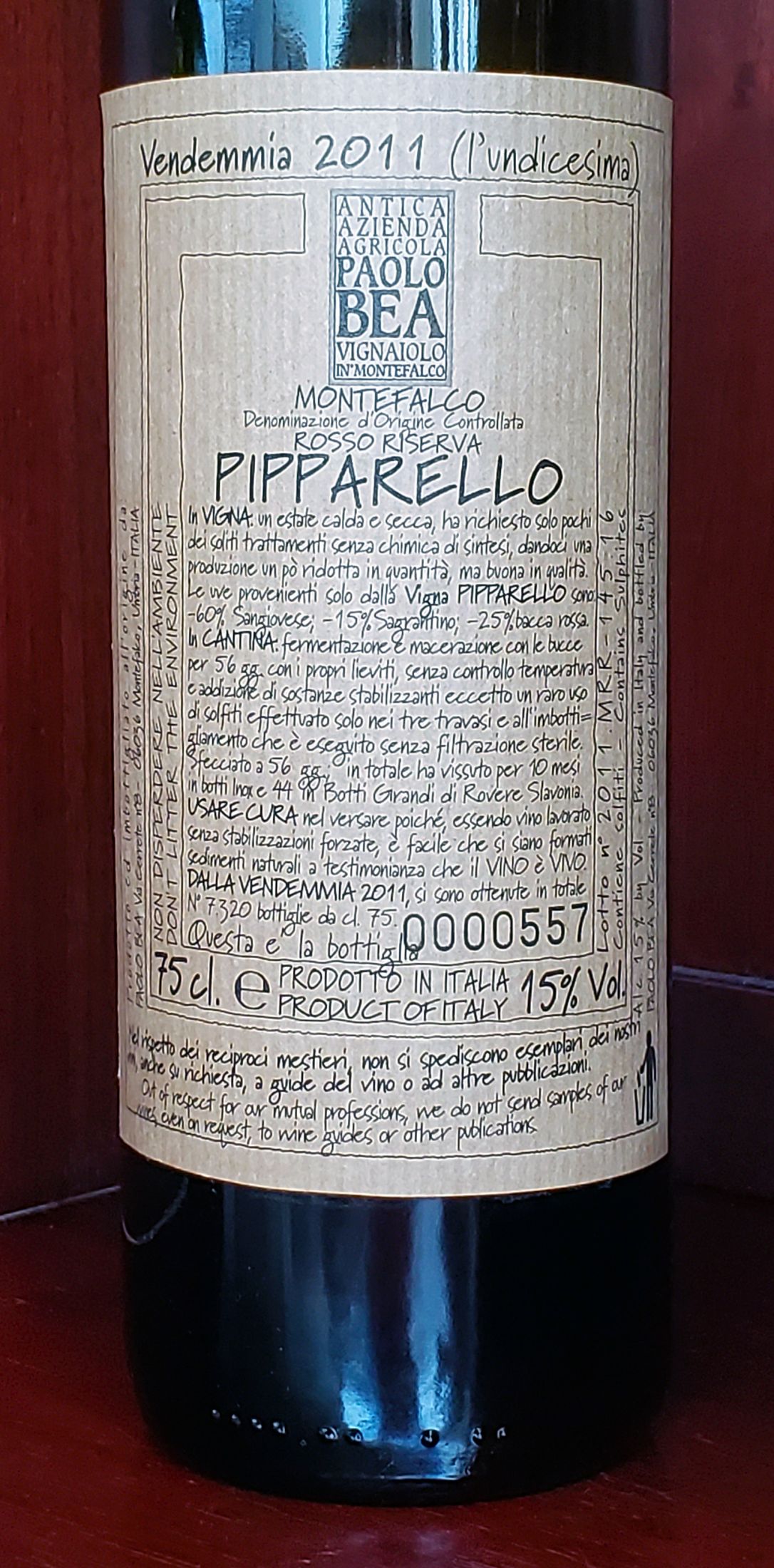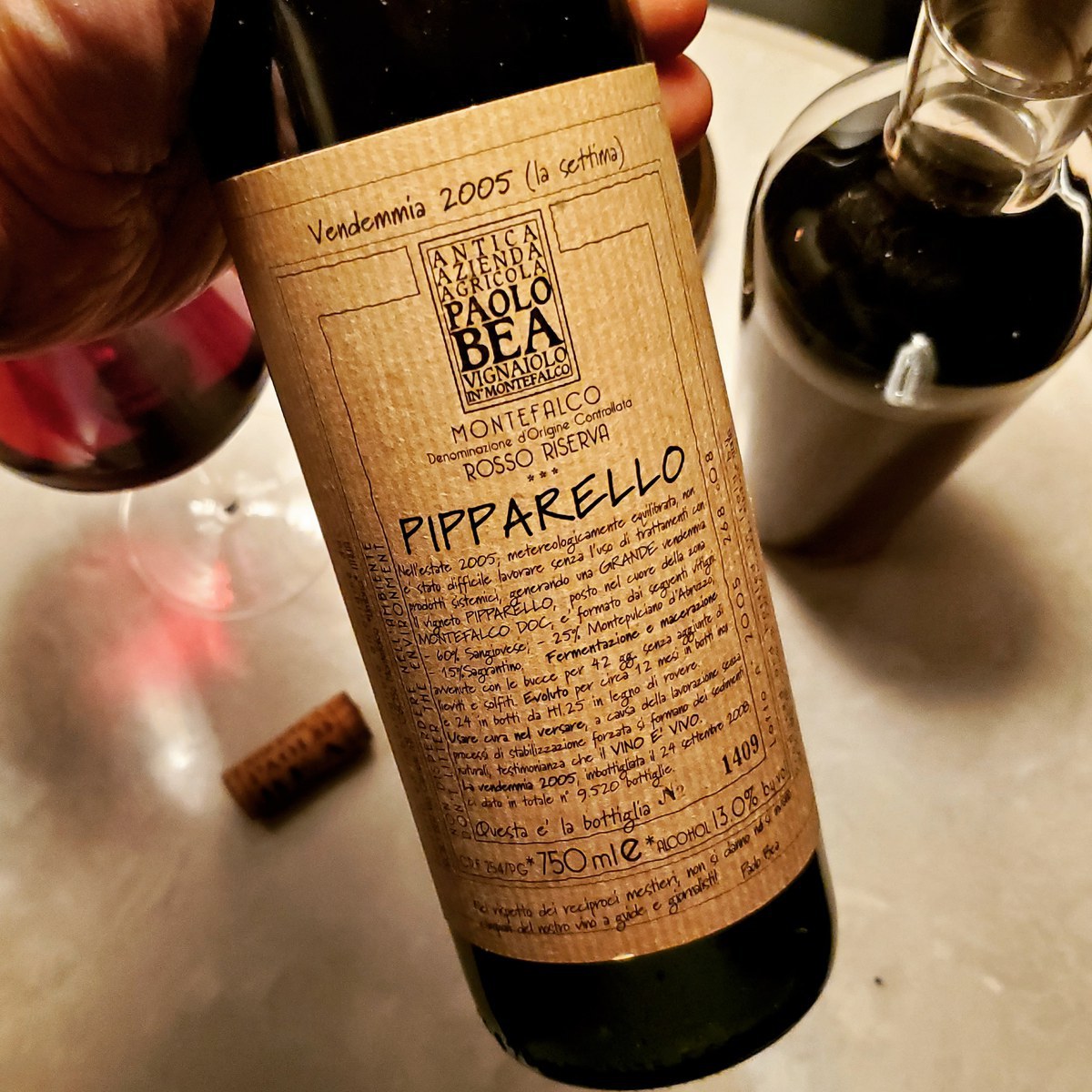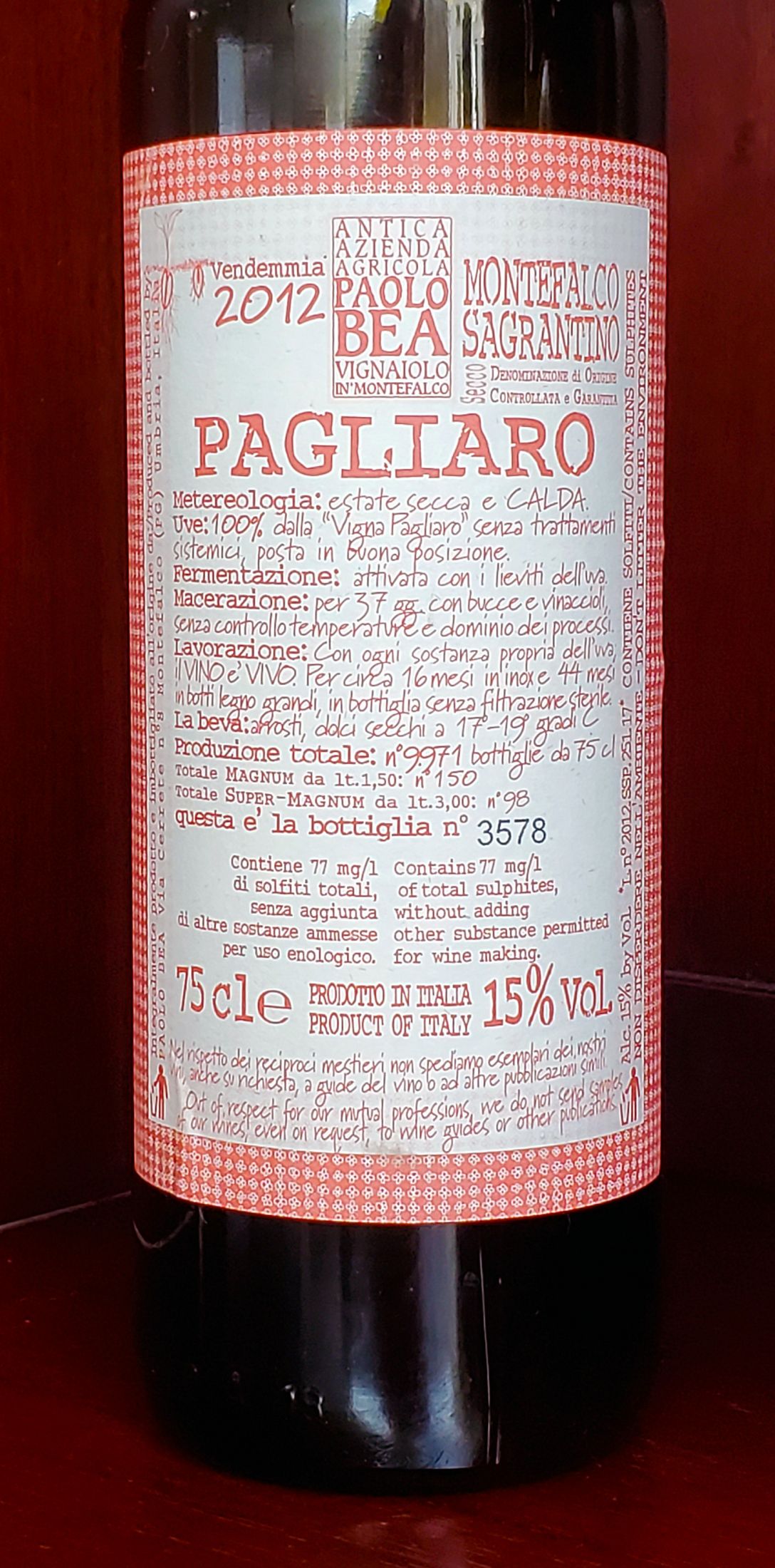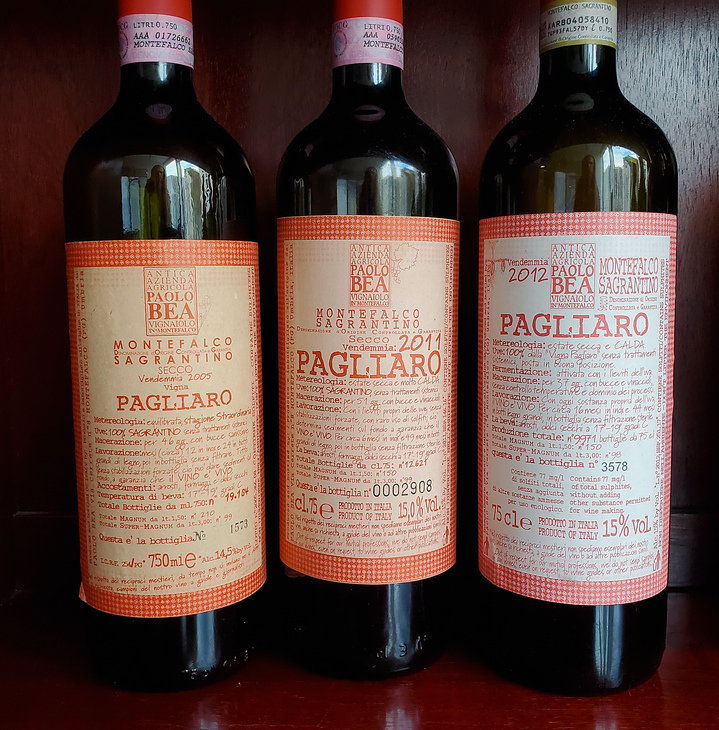The Montefalco Paradox
We look to Italy, from north to south, at many of the great red wines that come to mind. Just ten years ago, it was only Barolo, Brunello and a smattering of Super Tuscans that could lay claim to international renown. Back then, the wines of Etna were in their infant stages, and Taurasi had proven itself only to the insiders, collectors and Italophiles that took the time to understand and embrace it. Chianti Classico was still associated with pizza parlors, and Barbaresco was nothing more than the little sister to Barolo. However, all of that has changed in recent years. No longer do we need to make excuses for Aglianico in the south, explain the value of Sicily, or make the case for Barbaresco’s unique attributes. As for Chianti, its popularity has exploded, and it’s now giving Brunello a run for its money. However, there is one wine that you’ve probably heard rumblings of, that hasn’t risen to the occasion, and that’s Sagrantino. So the question is, why? This big, gusty, structured red seemed to have everything going for it: hailing from a classic, hilltop medieval village, able to age and mature for decades, and championed by a winery that had won multiple awards for their wines, which put Montefalco on the map. So why are we not celebrating the elevation of the Sagrantino di Montefalco DOCG into the same company of Barolo, Brunello, Turasi and the like? In my opinion, it’s not the small size of the vineyards planted, the gripping tannins that Sagrantino is known for, or a lack of marketing. No; in my opinion, it’s the winemaking.
However, there is still hope for Sagrantino--I haven’t given up on its ability to produce one of the greatest wines in Italy, and the reason why is Paolo Bea. Before I get too deeply into how Paolo Bea has proven Sagrantino’s worth to me, let’s first delve a bit into what makes the raw materials in Montefalco so precious in the first place. Located in the landlocked region of Umbria, Montefalco (or “falcon mountain”) suffers from being surrounded by some pretty serious “wine-related” However, they also have a perfect terroir for the production of world-class red wine. The DOC and DOCGs of Montefalco and Sagrantino sit in a basin, surrounded by the Apennines mountains, growing in soils rich in clay with a mix of sand and limestone. However, as you push into higher elevations, rising up to 1500 feet, you’ll also find clay-calcrete, an almost cement-like blend of clay, gravel, sand, and silt, making it difficult for vines to survive, but as they say, the strong always do. The region is warm yet moderated by winds coming down from the Apennines, along with Meditarainan influences carried across the Tiber river. Sagrantino, renowned for both its deep red color, but also powerful tannins, can be difficult to tame. In fact, going back centuries, Sagrantino’s first leading role was in the production of sweet wines, where their power and broad tannins would be balanced by rich textures and riper fruit developed through Passito (air-drying the grapes). There is also Sangiovese, as Umbria sits in the heart of the Sangiovese belt, producing, what is, in my opinion, a spicier version than their neighbors, with grippier tannins to help set them apart. These two grapes make up the lion’s share of red grapes produced in Montefalco. The DOC Rosso di Montefalco is composed primarily of Sangiovese from 60-80% with a minimum of 10% Sagrantino and other red varieties. While the DOCG, Sagrantino di Montefalco must be 100% Sagrantino, a grape whose intensity of color is only matched by its intensity of tannic bite--which brings us back to Paolo Bea, one of the few producers I know of that age their wine entirely in large, neutral wood, and yet manage to create wines that require aging, but are also impossible to ignore in their youth. In my opinion, this should be the benchmark of the region. What keeps Paolo Bea flying under the radar is a combination of low quantity, no desire to market themselves, and an unwillingness to submit wines for review to the press, which sounds quite a bit like another producer who I have often compared them to: Giuseppe Quintarelli.
In the winery, gentle macerations and slow fermentations can last from three weeks to as many as seven, before the wine is placed into steel tanks for However, the proof is in every bottle of Paolo Bea. Don’t get me wrong; this is natural winemaking in the extreme, and as a result you’ll sometimes find some volatility or a large amount of sediment. However, for every slightly off bottle of Paolo Bea, there are ten more that are otherworldly, kaleidoscopic, ethereal examples of what Sagrantino and Sangiovese are capable of from Umbria. The fact is, once you taste a Paolo Bea Sagrantino, you’ll be asking yourself why more producers aren’t trying to replicate their processes. However, just like the wines of Giuseppe Quintarelli, it’s almost impossible to recreate such a perfect union between terroir, wine, and family. Yet, I wonder why other producers don’t seem open to trying. Here is the rub: in a time when the majority of consumers are looking for more varietal purity, less “wine making”, and the ability to observe a “sense of As for Paolo Bea, I’ve been a fan for many years now, going back to the 2003 vintage, and I thought it was about time that I checked in on some of the current releases and maturing vintages, to not only give myself a good idea of where the wines are going, but to also share the results with our readers. I focused on the reds, but it’s also important to mention that Bea excels with white wines as well (a story for another time). It also pays to mention that Bea excels in both warm and cool vintages, lending very different expressions of place, but as I already said--it’s about what Mother Nature gives, not what they make of it. Enjoy! On to the Tasting Notes:The San Valentino vineyard hosts 50-year-old vines, planted in soils dominated by clay. It sits at 1300 feet altitude and creates Bea’s open-knit expression that is amazing upon release but also matures for up to a decade in the cellar. The composition is 70% Sangiovese, 15% Sagrantino, and 15% Montepulciano. 2012 Paolo Bea Umbria San Valentino - What an incredible bouquet on the 2012 San Valentino. It comes in at 1.5% less ABV than the previous The Cerrete vineyard sits at the highest point in Montefalco, between 1300 and 1500 feet above sea level. The soil is clay and limestone-infused with small pebbles from an ancient riverbed, and used to create Bea’s most ethereal yet complex Sagrantino. However, the Bea family also produces the Rosso de Veo from the young vines here. Frankly, you’d be amazed that these are “young” vines.
The Pipparello vineyard is a hilltop site in Montefalco at 1300 feet above sea level. The soil is clay and gravel. Here, the Bea family farms varying percentages (depending on vintage) around 60% Sangiovese, 25% Montepulciano, and 15% Sagrantino to produce their Montefalco Rosso. 2011 Paolo Bea Montefalco Rosso Riserva Pipparello - The nose was dark and brooding, as masses of balsamic-infused black cherries, sweet It's a serious "experience wine" that just needs a few more years to come together. I, for one, can't wait to see how it matures. (94 points) 2008 Paolo Bea Montefalco Rosso Riserva Pipparello - The nose was dark and brooding with masses of dried black cherry and cedar up front; yet beneath it, notes of exotic spice, tobacco, dried flowers, crushed raspberry, and undergrowth gained volume and depth with time in the glass, until they permeated the senses entirely. On the palate, I found soft, silky textures, which seemed to hover on the senses, offset by a tart acid core, yet also complemented by enveloping bittersweet cherry, quinine, spice, and inner earth tones. The finish was incredibly long with saturating dried cherry fruit, sweet inner florals, hints of gruff tannin--yet juicy and fresh, with a note of hard red candies and licorice which seemed to literally last for minutes on the mid-palate. (93 points)
2003 Paolo Bea Montefalco Rosso Riserva Pipparello - The nose was dark and savory, showing ripe plum, crushed black cherry, sage, cherry tobacco, balsamic spice, cumin, and hints of licorice. On the palate, silky, yet remarkably fresh textures, gave way to zesty spiced cherry with energizing acidity, sweet and savory spices, herbs, and florals which reminded me of childhood Christmas with hints of lingering tannin. The finish was long and fresh, as zesty acids created a mouthwatering experience, coupled with resonating cherry and spices. It's amazing to think that this is the product of a warm vintage. (92 points) The Pagliaro vineyard is situated at 1300 feet in altitude, and it is dedicated in large part to Sagrantino. This is the location that produces Bea’s flagship Sagrantino. 2012 Paolo Bea Sagrantino di Montefalco Secco Pagliaro - The ‘12 Pagliaro showed depths of red berry fruit with balsamic spice, crushed plum, 2011 Paolo Bea Sagrantino di Montefalco Secco Pagliaro - The nose was dark and intense, leaning toward earth tones yet with a massive wave of crushed black cherry to balance it. With time in the glass, cherry seemed to change to ripe strawberry, as sweet spices, smoky minerals, tobacco, and woodland earth tones joined the mix. On the palate, soft, caressing textures washed effortlessly across the senses, with a graceful lift I’ve seldom experienced, showing a combination of both ripe and tart red fruits, herbal tea notes, sweet inner florals, and exotic spice, all kept lively through brisk acidity. The finish was dry and long, exposing the large-scale Sagrantino tannins I had expected, yet there was a soft edge to them here, making the experience both structured yet enjoyable at this stage. Dried black cherries lingered, as well as minerals, a hint of orange citrus, and lovely inner florals, as a sweet note of red candies seemed to resonate for well over a minute. (94 points) 2005 Paolo Bea Sagrantino di Montefalco Secco Pagliaro - The nose displayed fresh mineral intensity and moist, dark earth tones up front, evolving to show savory brown spices over ripe black cherry, backed by wild herbs and a hint of animal musk. On the palate, velvety textures flooded the senses with waves of dark red fruits, yet firmed up as brisk acids settled in, unveiling savory herbal tones and a tart twang of peppery spice; yet through it all, grippy tannin slowly gained strength. The finish was long and structured, yet its resonating acids allowed the '05 Pagliaro to sign off on a "early maturity" note, as lingering cherry and spice slowly faded amidst dried inner florals. (94 points) Credits and Resources
|

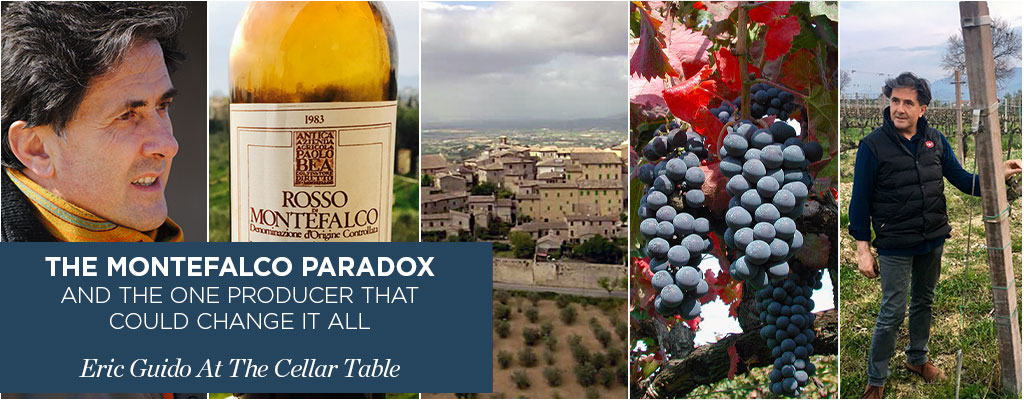
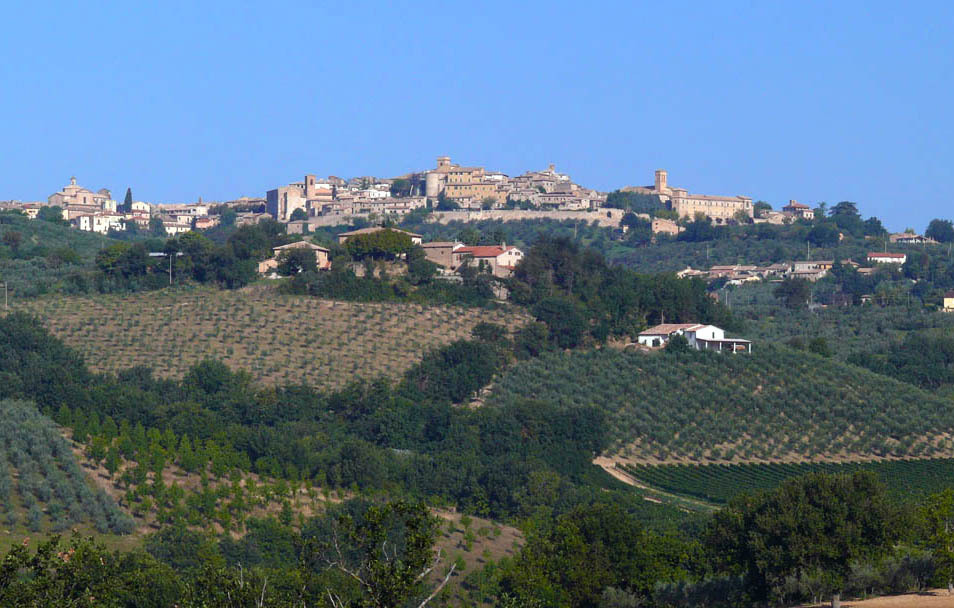
.jpg)
